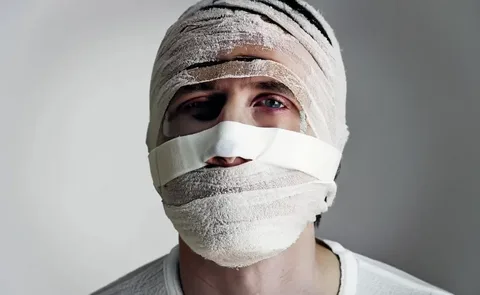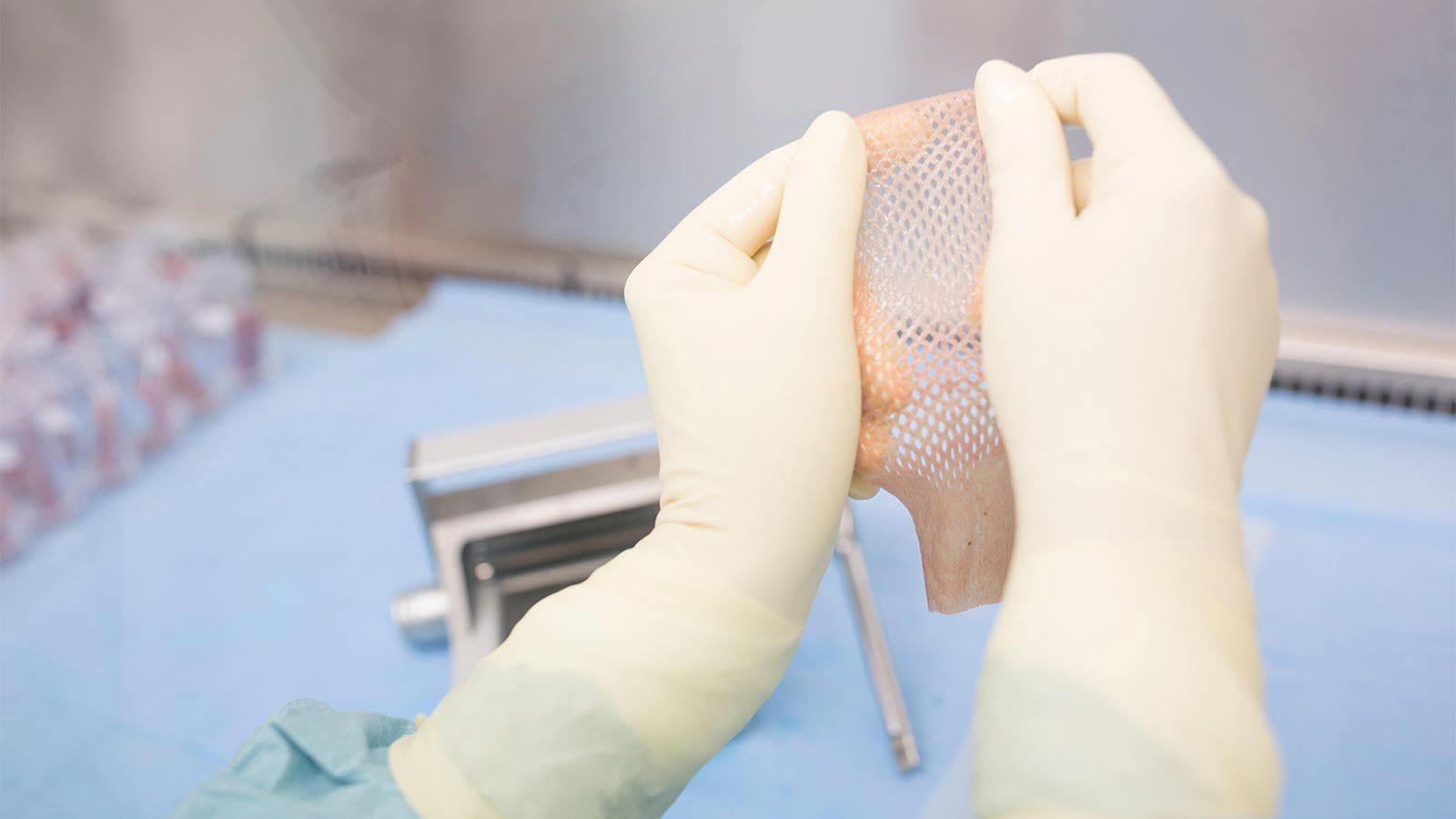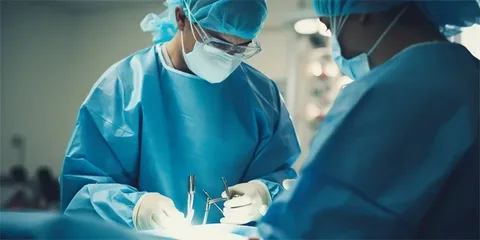
Medical image showing severe degloving injury of the face requiring surgical attention
A degloved face is a traumatic injury where the skin and soft tissue of the face are forcefully separated from the underlying bone, muscle, and connective tissues. This type of injury is often seen in high-impact accidents and requires urgent medical attention. It is one of the most severe types of facial trauma and can have lasting physical and psychological effects.
Understanding What a Degloved Face Means
Degloving refers to the action where the skin is peeled away from its normal anatomical position. In the case of a degloved face, this peeling occurs due to an external force that is strong enough to lift the skin off the bone or muscle. The separation disrupts blood supply, causes extensive tissue damage, and often exposes muscles, bones, or nerves.
Unlike common cuts or bruises, a degloved injury is not superficial. It can be partial, where only certain areas like the lips or cheeks are affected, or complete, where large portions of the face are peeled back.
Causes of a Degloved Face Injury
A degloved face is not caused by minor trauma. It typically results from events involving intense force. Common causes include:
Road accidents where the face hits pavement or a vehicle surface
Workplace incidents involving machinery that catches the skin
Falls where the face slides across a rough surface
Attacks from animals or machinery that tear facial tissues
The common factor is the presence of significant shearing force which detaches skin and soft tissue from the structures beneath.

Symptoms and Immediate Indicators
A person with a degloved face may show several visible and physical signs. These can include:
Detached or hanging facial skin
Intense pain at the site of injury
Exposed underlying tissue, bone, or muscle
Heavy bleeding and visible blood vessels
Loss of sensation if nerves are damaged
Severe swelling and deformity
These injuries require emergency treatment and cannot be managed with basic first aid. Delay in care increases the risk of infection and permanent damage.
Initial Medical Response and Stabilization
Medical teams follow a strict process when dealing with facial degloving. The primary steps involve:
Securing the airway to prevent breathing issues
Stopping the bleeding with pressure or sutures
Assessing the extent of soft tissue and bone injury
Using antiseptics to clean the open area and reduce infection
Taking imaging like CT scans to detect fractures or deep tissue involvement
Doctors prioritize stabilizing the patient’s vital signs before planning reconstructive surgery.
Surgical Treatment and Reconstruction
Surgery for a degloved face is complex and performed by a team of specialists. The approach depends on whether the skin flap is still viable or if tissue replacement is needed.
If viable, the original skin is reattached and sutured. If not, surgeons use skin grafts or tissue flaps from other body parts. Microvascular surgery may be necessary to restore blood flow and nerve function.
In cases where bone is exposed or damaged, orthopedic and maxillofacial surgery may be required alongside plastic surgery.
Recovery Process and Healing Phases
Recovery from a degloved face involves physical healing and psychological adjustment. The healing timeline depends on the severity of the injury, the type of surgical treatment used, and the patient’s overall health. The phases of recovery include:
Wound closure and inflammation control
Monitoring for infection or tissue death
Follow-up surgeries to improve appearance or function
Physical therapy to regain facial movement
Speech or swallowing therapy, if relevant structures are affected
Psychological counseling for trauma and self-image issues
The healing process can take several months. In some cases, full recovery may span years.

Possible Complications from Degloving Injuries
Degloved facial injuries can lead to a range of complications:
Loss of facial function such as blinking, speaking, or chewing
Permanent scarring and disfigurement
Partial or full loss of sensation in the face
Chronic pain due to nerve damage
Infection and sepsis if not properly cleaned
Emotional trauma from appearance changes
Prompt surgical intervention and long-term care help reduce the severity of these complications.
Rehabilitation and Long-Term Support
Patients with degloved faces usually need long-term medical and psychological rehabilitation. This includes:
Scar management through laser therapy or surgery
Use of prosthetics or implants for reconstruction
Regular follow-ups with plastic and reconstructive surgeons
Support groups or individual counseling
Customized physical therapy for facial muscles
Ongoing care ensures both function and appearance are restored to the best possible level.
Preventing Facial Degloving Injuries
Prevention plays a vital role in reducing these serious injuries. Key preventive steps include:
Wearing helmets while driving motorcycles or bicycles
Using proper safety gear in industrial workplaces
Avoiding direct contact with dangerous machinery
Keeping children and pets away from aggressive animals
Using facial guards during high-risk sports
Many cases of facial degloving are avoidable with proper safety protocols.
How Medical Literature Describes Degloved Face Injuries
Medical journals describe degloved face injuries as high-complexity trauma cases that often involve multiple surgical stages. Literature focuses on restoring both aesthetics and function through advanced reconstruction techniques. Surgeons often combine soft tissue grafts, nerve repair, and sometimes bone replacement using 3D surgical planning.
Conclusion
A degloved face is a rare but extremely serious injury that requires prompt emergency treatment and specialized care. With modern surgical techniques, many patients can regain function and restore much of their appearance. However, the psychological impact and recovery journey remain challenging. Staying safe in high-risk environments and wearing protective equipment are the best defenses. For more helpful medical and recovery information, visit Magazines Break.

Frequently Asked Questions
What is a degloved face injury
It is a trauma where the facial skin and tissues are torn away from the muscle and bone underneath due to intense force.
Can a degloved face be treated successfully
Yes, with advanced surgery and skin grafts, many patients recover facial function and appearance.
What kind of doctor treats a degloved face
Plastic and reconstructive surgeons are usually responsible, often working with trauma specialists.
Is a degloved face fatal
It is not usually fatal but can lead to serious complications if untreated.
How long does recovery take for a degloved face
Recovery varies but typically takes several months, sometimes over a year with multiple procedures.
Can skin be reattached in degloved injuries
If the skin is viable, it can be reattached. If not, skin grafts or flaps are used.
What are the long-term effects of a degloved face
They may include scarring, nerve damage, difficulty with facial movement, and psychological trauma.
Is a degloved face common
No, it is a rare injury mostly seen in severe accidents or industrial settings.
Can a degloved face be prevented
Yes, through helmet use, workplace safety gear, and avoiding high-risk environments.
What is the first step in treating a degloved face
Immediate medical stabilization and cleaning of the wound to prevent infection.




